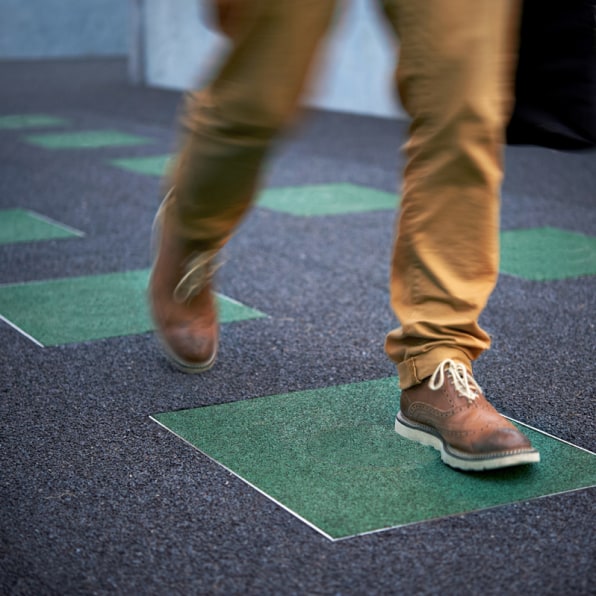

Troon Vineyard, a Demeter-certified biodynamic winery in Oregon’s Applegate Valley, also employs foot-treading for its red, white and rosé wines. “We find it adds more complexity, allows the vineyard site to shine through and also adds more spice and texture to the wines.” “Foot treading is especially important if you do full-cluster fermentation, as we do,” says Delaski. David Delaski, winemaker at the Demeter-certified Solminer in Los Olivos, California, leaves red grapes and even many of its white varieties, especially Grüner Veltliner, on skins for weeks to encourage color and flavor development.

FOOT STOMP SKIN
Stomping also encourages greater skin contact, proponents say. “I want control over how many berries break, or how they break,” says Spark. One such advocate is James Spark, winemaker at Liquid Farm and his own brand, Kings Carey, both in Santa Barbara County, California. Winemakers in the US that gravitate toward this ancient, low-tech technique also tend to espouse low-intervention, organic or biodynamic production methods. “So foot-treading adds stem tannin and structure.” “ head-trained, dry-farmed vineyard, depending on what happened that year in terms of weather, our Cabernet can be a pinch soft on the palate,” says Thacher. He even walks all over Cabernet Sauvignon. Thacher says that with varieties like Cinsault and Counoise, they employ 100% whole cluster and foot stomping, and stomp varying amounts for Mourvèdre and Syrah, depending on the vintage. “Depending on the berry structure, we will foot stomp the whole cluster portion and then destem and sort on top,” says Sherman Thacher, co-owner / winemaker of Thacher Winery & Vineyard in Paso Robles, California.


 0 kommentar(er)
0 kommentar(er)
